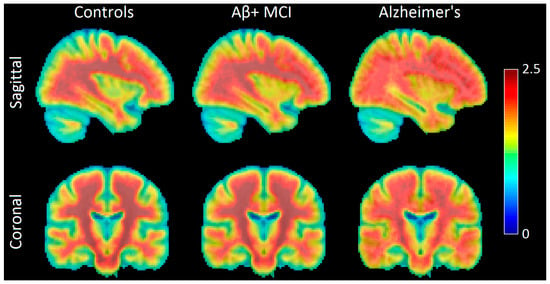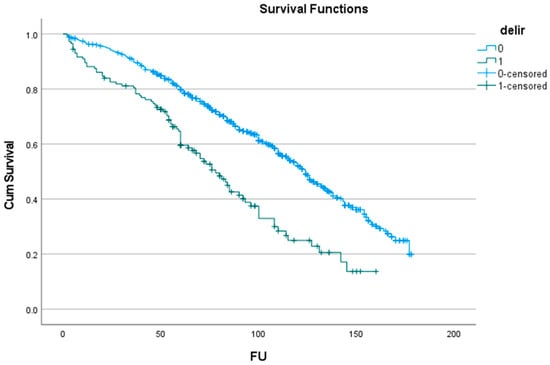- Article
Multiclass Differentiation of Dementia Subtypes Based on Low-Density EEG Biomarkers: Towards Wearable Brain Health Monitoring
- Anneliese Walsh,
- Shreejith Shanker and
- Alejandro Lopez Valdes
Background: Wearable EEG devices offer an accessible and unobtrusive system for regular brain health monitoring outside clinical settings. However, due to the current lack of data available from wearable low-density EEG devices, we need to anticipate the extraction of biomarkers for brain health evaluation from available clinical datasets. Methods: This study evaluates multiclass dementia classification of Alzheimer’s disease, frontotemporal dementia, and healthy controls using features derived from low-density temporal EEG electrodes as a proxy for wearable EEG setups. The feature set comprises power-based metrics, including the 1/f spectral slope, and complexity metrics such as Hjorth parameters and multiscale sample entropy. Results: Our results show that multiclass differentiation of dementia, using low-density electrode configurations restricted to temporal regions, can achieve results comparable to a full-scalp configuration. Notably, electrode T5, positioned over the left temporo-posterior region, consistently outperformed other configurations, achieving a subject-level accuracy of 83.3% and an F1 score of 82.4%. Conclusions: These findings highlight the potential of single-site EEG measurement for wearable brain health devices.
17 December 2025




![PRISMA 2020 flow diagram [15] for Process of selecting articles included in the review. * Consider, if feasible to do so, reporting the number of records identified from each database or register searched (rather than the total number across all databases/registers). ** If automation tools were used, indicate how many records were excluded by a human and how many were excluded by automation tools.](https://mdpi-res.com/jdad/jdad-02-00047/article_deploy/html/images/jdad-02-00047-g001-550.jpg)

